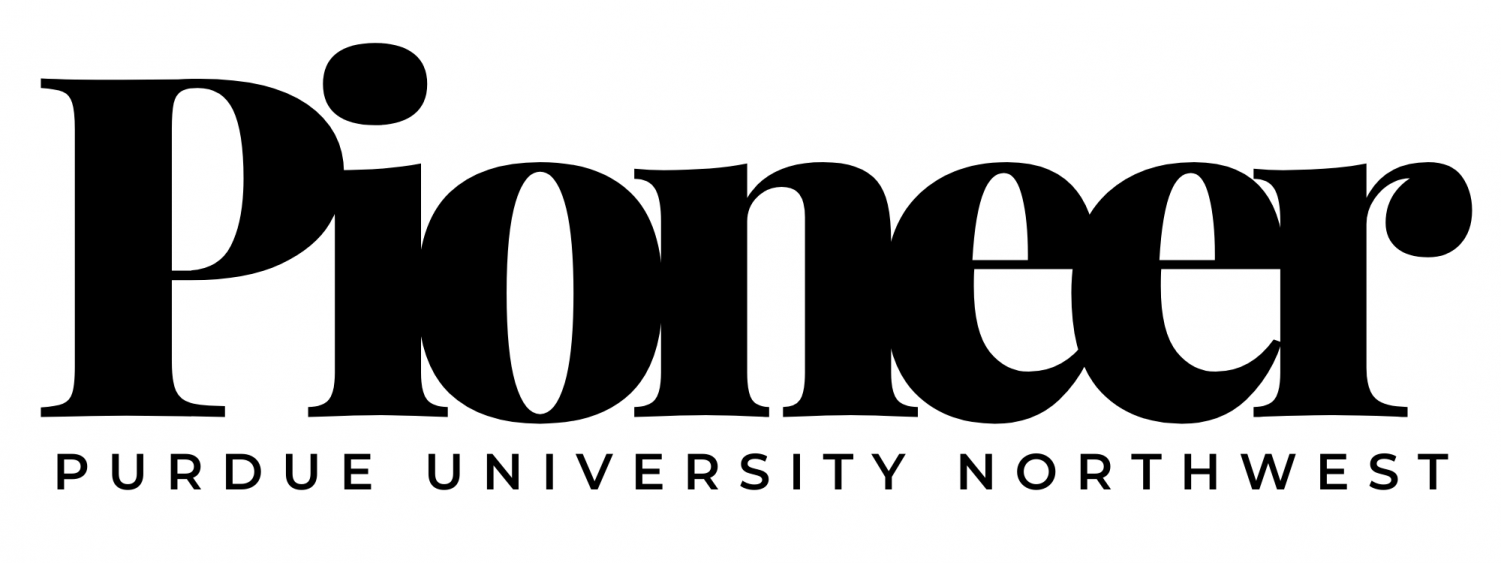PNW plans to close gap between male and female athletes
There is a gap between male and female athletes – and PNW is working to close it.
“I don’t think there is a discrepancy with how men are recognized in sport compared to women — I know there is,” said Mary Whisler, head coach of the Pride’s women’s soccer team.
“Women receive a fraction of the media attention in building up big sporting events, even when data shows that when they receive the same type of media coverage their numbers compare insanely close to the top men’s events,” she said. “For those of us that believe in equality for all, which I do, then it’s simply that women are fighting for the same platform and resources.”
The university has been working on equal treatment for its athletes for more than a decade.
“I think female athletes are treated pretty much the same as male athletes,” said Patricia Dizon, a senior on the women’s tennis team. “The athletic department tries to ensure that all of their athletes regardless of gender are supported.”
For example, every award presented at the athletic department’s Leo Awards banquet has male and female versions. These awards include athlete of the year, scholar-athlete of the year and most improved player.
In addition, PNW hosts a women’s leadership luncheon in March, to recognize female leaders in the athletic department.
During the last decade, the university has also invested more money in women’s sports than in the men’s – and built more women’s teams.
But gaps remain at many schools.
At a collegiate level, there is an academic difference in the standards of male and female athletes.
“In my profession, males are held to a lower academic standard,” said Whisler. “Just look at nearly every university in the country’s athletic department and the GPA of the teams. Nearly all are led by women in all of their top spots.”
At PNW, the Athletic Department last reported a cumulative team GPA of 3.34 in spring 2022. The department was led by the Women’s Tennis, with a team GPA of 3.74, followed by Women’s Cross Country (3.67) and Women’s Soccer (3.65). Women’s golf and women’s basketball were tied with a 3.59 GPA, followed by men’s tennis (3.58).
Still, Whisler believes the momentum towards parity is already apparent.
“The growth of the NWSL [National Women’s Soccer League] is trending higher, faster than the MLS (Major League Soccer) ever did, and they aren’t even streamed on mainstream channels often,” she said. “The goal is for humans to be treated equally for doing the same exact thing.”

